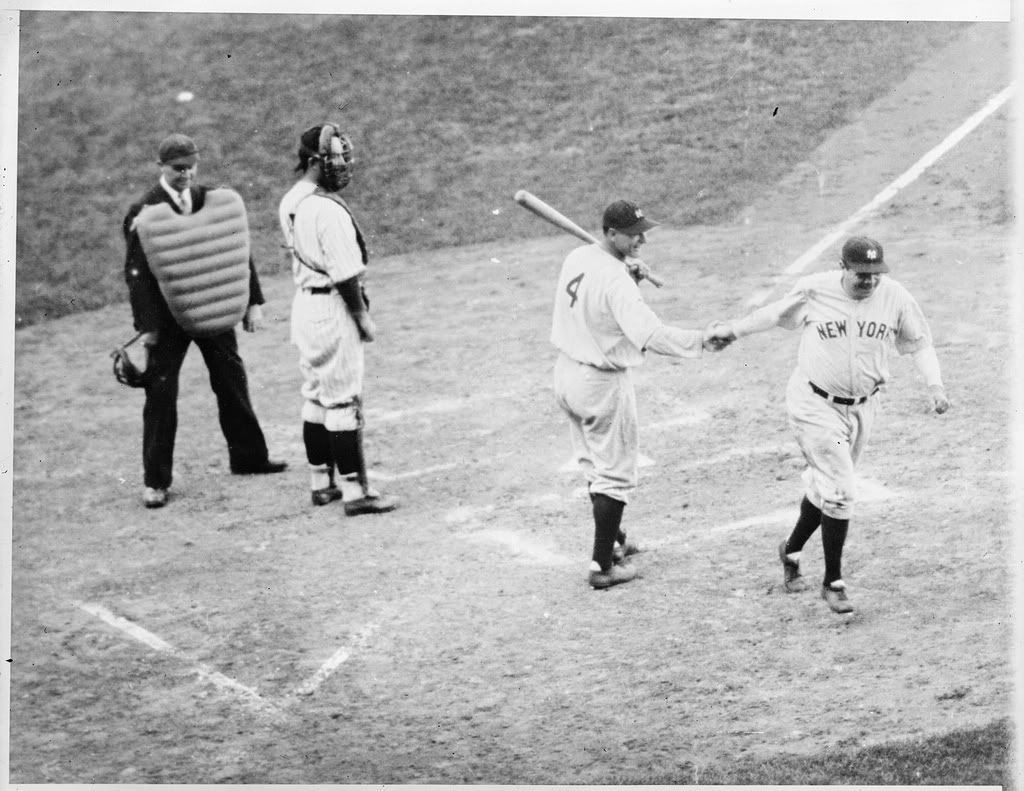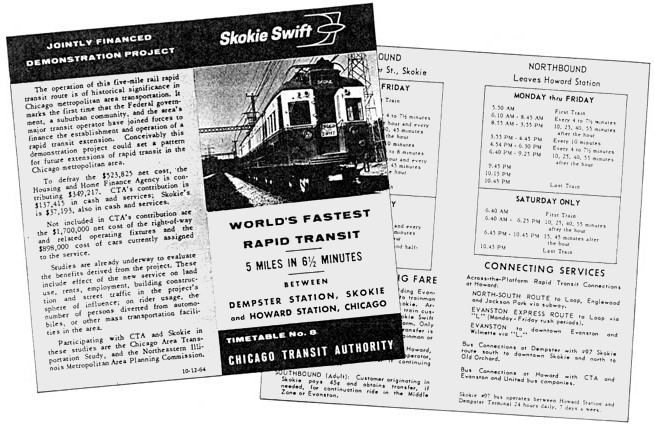I
am a Cubs fan.
Credit Dad.
In the early 20th century Dad
grew up in Bathgate, North Dakota. By the 1920’s the Foster family farmhouse was
electrified, a radio procured and placed in the parlor. Chicago was the most northwesterly major
league baseball city and closest geographically to North Dakota. Accordingly, Cubs games were broadcast up
North. Hearing the crack of the bat and
the smack of ball into glove during games aired (or recreated using a
telegraph feed) from Wrigley Field, Chicago, Dad became an avid Cubs fan.
 |
| Route Map, Chicago Milwaukee, St. Paul and Pacific Railroad Line, Pre-1932 |
 |
| Wrigley Field 1932, Coal Yard in Foreground |
The
Chicago, Milwaukee, St. Paul and Pacific Railroad line ran past a triangular coal
yard on the third-base (Clark Street) side of Wrigley Field, where Dad jumped
off the train and stashed his clothes bag under a pile of coal. Wrigley Field was built adjacent to the rail
line and coal yard because seminarians, whose once tranquil campus occupied the
ballpark’s land, vacated the premises to escape,
“the smoke, dust, grime, soot, dirt
(and) foul gases; railroading by night and day; whistles, ding-donging of bells
late and early and in between time, and the ceaselessness of undesirable
traffic incidental thereto that is growing more unbearable every week.”
Someone
in the coal yard, apparently not a seminarian, stole Dad’s clothes, introducing
him to the ways of the big city.
The
1932 World Series is renowned for an incident involving Babe Ruth in the third
game. There was merciless trash talking
between Babe and the Cubs. Then there was
the “called shot,”
 |
| Lou and Babe Smirking After "The Shot" |
The site is
Wrigley Field, Chicago; the date is October 1, 1932; and the moment is the
fifth inning of Game 3 of the 1932 World Series. Cubs pitcher Charlie Root is
ahead of Ruth 0-2 when the Chicago bench playfully needles the Babe. Exactly
what follows is where the story gets murky. Witnesses agree on one thing:
Before the next pitch, Ruth points out towards center field. Some believe he is
gesturing at Root as if to say he still has one more strike. Others believe he is
telling everyone in the ballpark where he will hit the next pitch. Either way,
the Babe deposits the next pitch into the center field bleachers for a home
run.
Did
Babe Ruth point and call the shot? Dad
said no, the Bambino was just indicating the number of strikes left and sassing
his opponents. He said Cub players
confirmed that in a local watering hole after the game. That’s Dad’s story and I’m sticking with it. But look for yourself.
The Yankees swept the Series four games to none.
I
remember my first Cub game. I had not started school. Mom took me on a Ladies Day. It was April;
a frigid wind whipped in off the lake.
We sat and shivered, exposed in the upper deck overlooking the third-base
line, with Lake Michigan peeking out a mile distant over three flats and
midrise apartments. From the time I was
6 until when I turned 10, our family religiously attended Sunday home games,
packing in tuna fish and egg salad sandwiches and carrying along a thermos of
lemonade, all of which would be inspected by Andy Frain ushers as we entered Wrigley
Field to ensure we weren’t smuggling in cans, bottles or alcoholic beverages. Double headers were best.
 |
| Skokie Swift promtional brochure Back in the day touted as "The World's Fastest Rapid Transit" |
 |
| The Original Bleacher Bums Left Field Bleachers 1969 Randy Hundley at Bat (Confederate Flag) |
 |
| Johnny Bench Signed Home Run No. 4 Rookie Year |
 |
| Joe Pepitone Signed Career 201 Home Run Ball |
College
pretty much put an end to my days attending Cub games at Wrigley Field, excepting for a time, after
graduation, when I attended a game with an old college classmate. We sat in the bleachers where we struck up a conversation with a fellow
named Scott Turow, whom I foolishly scoffed when he said he would publish a book
about attending law school. That "won’t
sell" said I. So it’s fitting I should
use Mr. Turow’s words, many best sellers later, to complete this post. He defines what it means to be a Cubs fan as
follows:
"There remains a
special meaning in being a Cubs fan. It makes sports more profound. It teaches
the hardest lesson of all: there is no life that is better than life. Hope
dignifies our experience on the planet. But there will be defeat for all of us
in the mortuary. With the Cubs, as a writer-friend once said of Hollywood, 'You
learn to take the bitter with the bad.' You accept hope as an essential
irrational part of the human condition that will never be fully borne out. It's
existential. It's tragic. It's the Cubs."
Amen brother Scott.

No comments:
Post a Comment